When co-owners of property cannot agree on what to do with it, a solution is a legal action for partition. In a partition the judge will order the property ‘partitioned’; that is, either divided in-kind between them or sold and the money divided between the owners. Under California law Partition in-kind is favored “since this does not disturb the existing form of inheritance or compel a person to sell his property against his will. Forced sales are strongly disfavored.” However, in modern times, Sacramento real estate attorneys see the bulk of these disputes concerning developed properties with an individual home or commercial building. You can’t split a house down the middle, so the property is ordered sold and the judge splits the cash accordingly. But larger properties are different, and the preference is division in kind. One co-owner who really only wanted a sale so that he could buy out the other owner was disappointed when the court caught on and cut-up the property for division in kind.
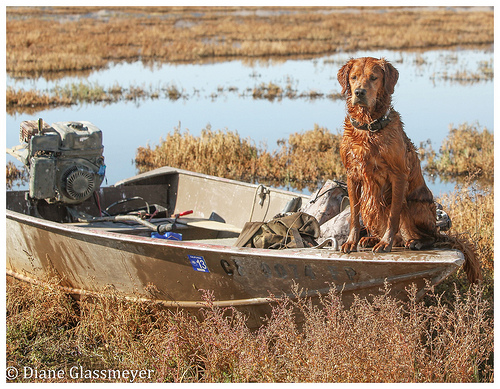 In Butte Creek Island Ranch v. William Crim, The parties each owned one half of a waterfowl hunting ranch in Butte County. The property consisted of two separate parcels Parcel A was primarily used for a sleep house, dining building, garage and barn. Parcel B, which is much larger, is where the hunting occurs. Butte Creek (a partnership) wanted to buy Crim. When Crim said no, this Partition action was filed.
In Butte Creek Island Ranch v. William Crim, The parties each owned one half of a waterfowl hunting ranch in Butte County. The property consisted of two separate parcels Parcel A was primarily used for a sleep house, dining building, garage and barn. Parcel B, which is much larger, is where the hunting occurs. Butte Creek (a partnership) wanted to buy Crim. When Crim said no, this Partition action was filed.
The parties stipulated to the appointment of a receiver (CCP section 873.040). The referee concluded that the proper course was division in kind- to divide Parcel A & B into 2 parcels each and then each party would get part of A and part of B. He thought that division by sale would leave the parties less than whole in two respects:




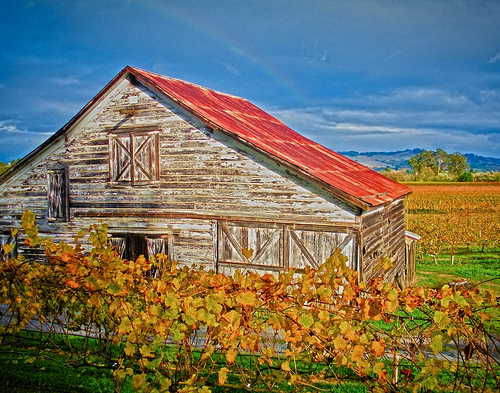 In
In 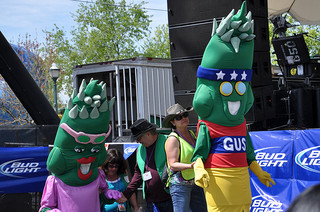 In
In  In
In 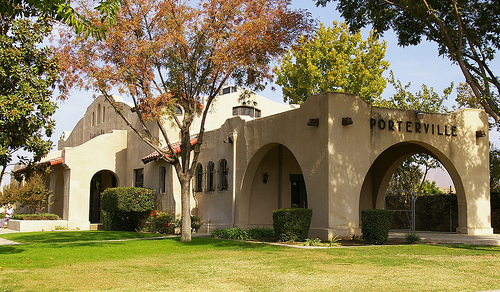
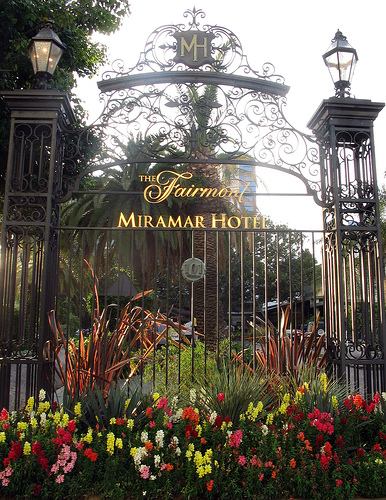 In
In  In
In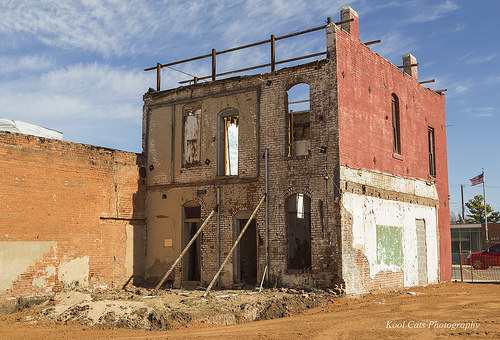 In
In 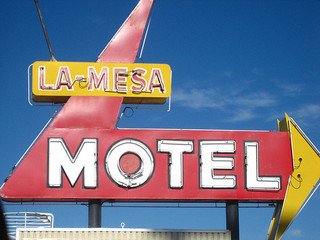 In
In  In
In